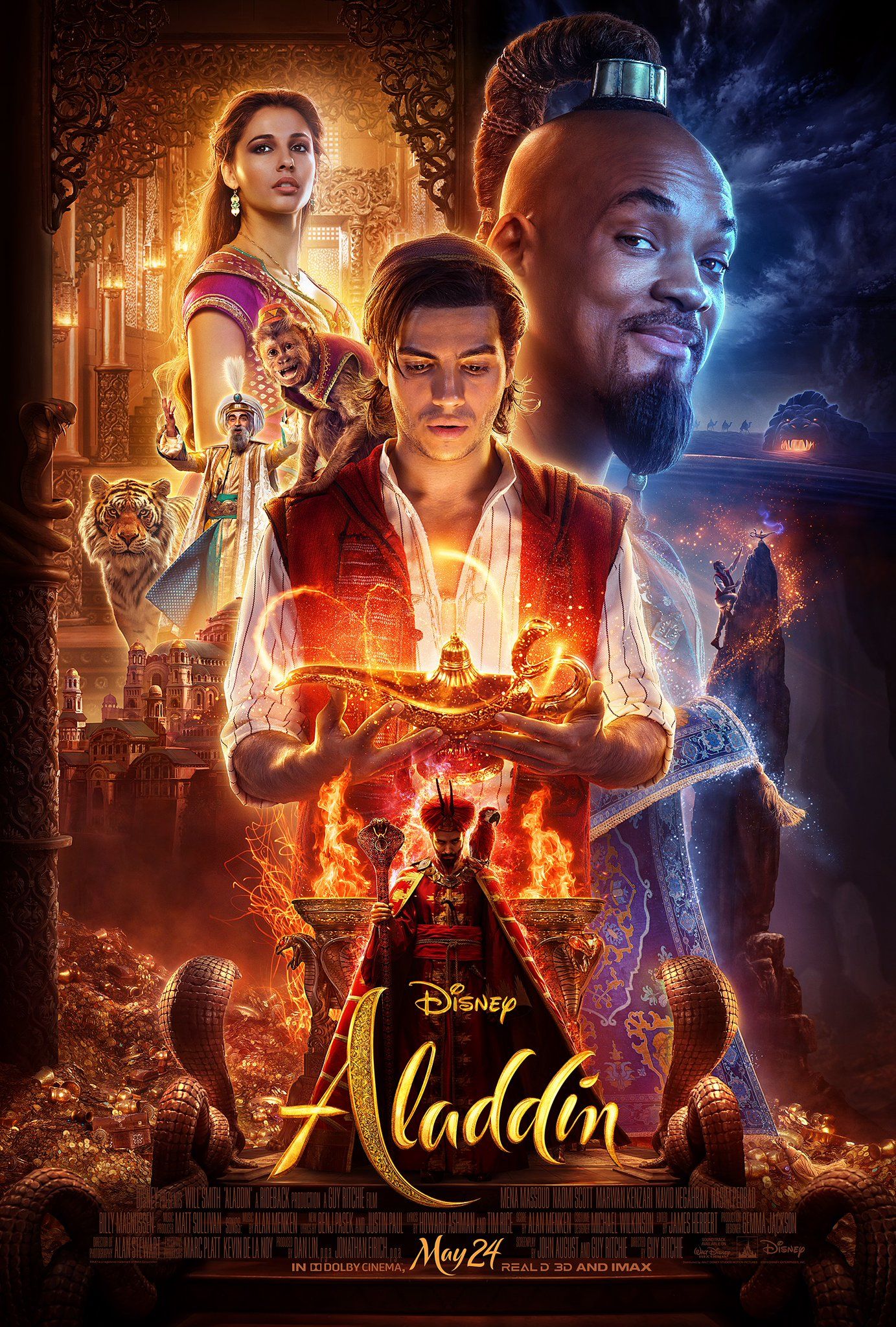From the first film, Snow White in 1938, The Walt Disney Company, specifically the ‘Disney Princesses’ have been a cultural cornerstone of ‘girlhood’, not only in making films about girlhood but FOR those experiencing girlhood. ‘Disney films are so influential over youth (…) they serve as secondary socialization agents.’ (Butler) Their prime audience is young girls themselves, differing massively from many of the films outlined in this project that feature girlhood from an outside perspective for intended an older audience. The longstanding cementation of these films in culture shapes the question with each new release of the Princess in questions role to not only represent girlhood but role model girlhood. Although, being products of USA company and dominating the predominately English speaking film market, these films are often successful to a mass global audience. For example, most recent film Moana has been was translated into over 46 languages in its initial release, and films as far back as Snow White have been translated since.
Although the target market is primarily young girls and their parents, there have been some interesting moves in recent additions to the Disney princess franchise that suggest a departure from this traditional model. This is apparent in ‘Tangled’ undergoing a title change from previously announced ‘Rapunzel’. Ed Catmull, president of Pixar and Disney Animation Studios, said of the title change: “We did not want to be put in a box. Some people might assume it’s a fairytale for girls when it’s not. We make movies to be appreciated and loved by everybody.” This trend of non gendered titles continued with ‘Brave’ and ‘Frozen’, which achieved unprecedented success among boys. Butlers research describes this is due to both the name and ‘focused advertising, exciting action scenes, appealing humour, and a higher ratio of male to female characters. [Factors which have] have enabled boys to declare their love for Frozen without feeling the pressure of society telling them they were straying from gender appropriateness. Whilst although a return to a gendered title in ‘Moana’, marketing was often fore fronted by celebrity wrestler Dwanye Johnson, ‘The Rock’, who plays Maui, a hypermasculine demi-god. The film itself being the first of the Disney Princess tales to not feature a single romantic plot line.
The longstanding cementation of these films in culture shapes the question with each new release of the princess not only representing girlhood but role modelling girlhood. Throughout the eras of their release the Princesses idealised girlhood has changed somewhat, from the passivity of the sleeping Snow White and Sleeping Beauty, through outspoken Belle and Jasmin to today’s through the Elsa and Moana’s stories about self-empowerment and completely lack a romantic interest. Furthermore the recent trend of ‘live action remakes’ of Disney films, currently including Cinderella, Beauty and The Beast and Aladdin (and upcoming Mulan and Snow White) have all continually emphasised the ‘modernising’ of the story, rewriting gendered aspects; Cinderella given greater characterisation and defiance, Belle now an inventor herself rather than assistant to her inventor father, and Jasmine given more agency by becoming Sultan herself rather than marrying Aladdin so that he can become sultan.





Further Reading:
Payton E Butler on Why Do Boys Love Frozen, A Disney Princess Movie. :
https://digitalcommons.butler.edu/cgi/viewcontent.cgi?article=1029&context=bjur
Emma Watson for Vanity Fair:
https://www.vanityfair.com/hollywood/2017/02/emma-watson-cover-story
Telegraph on the renaming of princess films:
